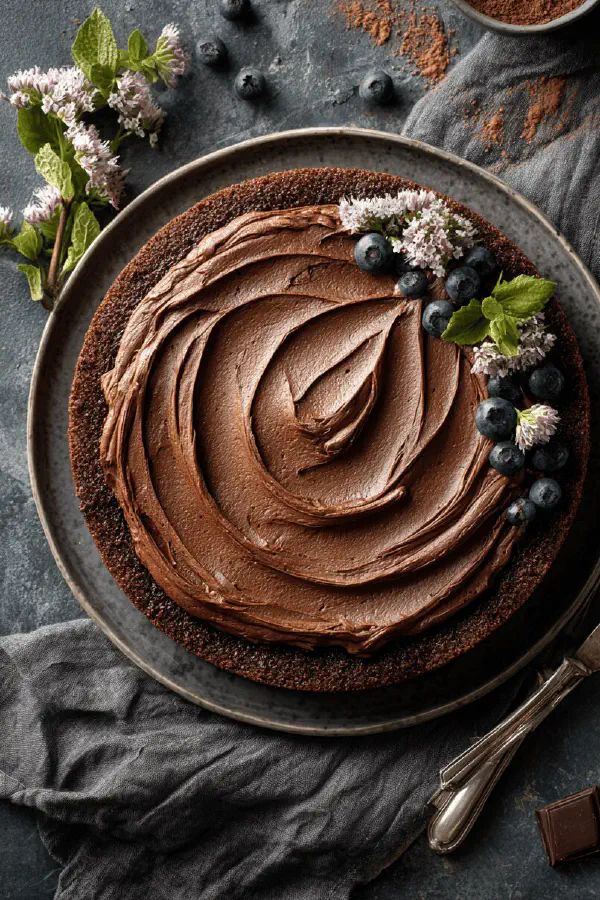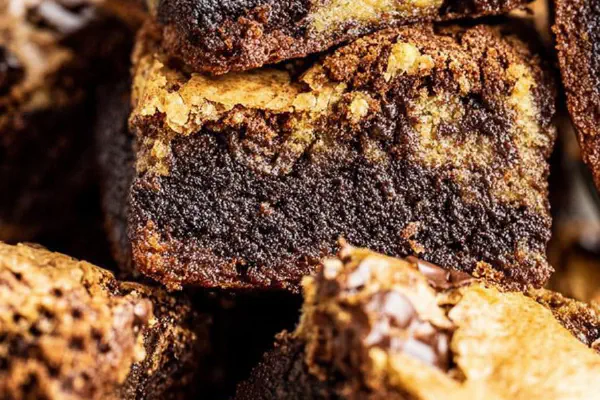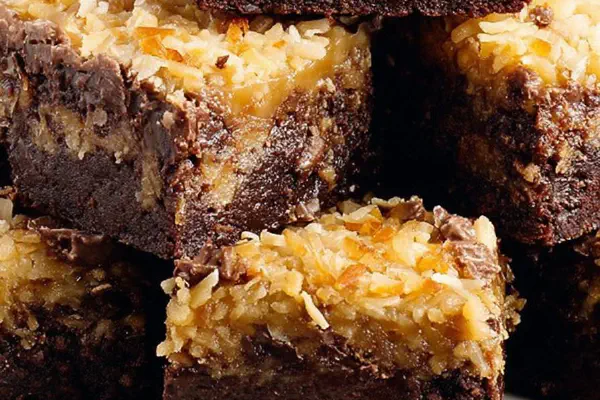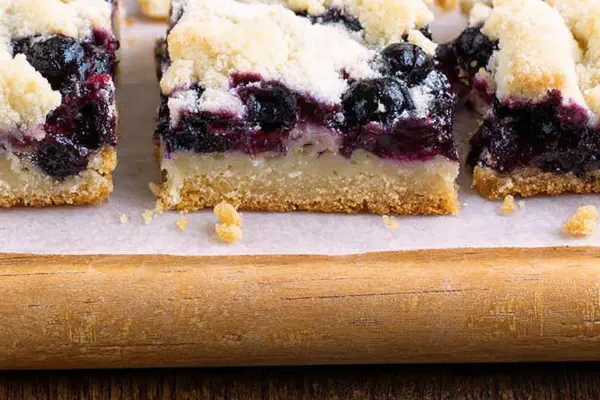Featured Recipe
Velvet Chocolate Frosting

By Kate
"
A rich, velvety chocolate frosting using less sugar, butter swapped with cream cheese for tang, and dark melted chocolate replaced by bittersweet. Cocoa powder replaced with raw cacao for deeper flavor. Whipped to light, spreadable texture in just over 10 minutes. Works well for cakes or cupcakes, dairy-based with no nuts or eggs. Slight adjustments in quantities and times optimize consistency and taste. Tactile and visual cues guide doneness—stop before it becomes greasy or grainy. Handles room temp variations. Substitutions explained for practical kitchen fixes.
"
Prep:
7 min
Cook:
8 min
Total:
15 min
Serves:
about 500 ml (2 cups)
frosting
dessert
baking
Introduction
Skip the dull globs or too sugary messes. Frosting isn’t just sugar slapped on cake. It’s balance —fat, sugar, chocolate, texture all must sing. Less sugar than usual, cream cheese instead of butter adds tang and richness, counterbalancing cacao’s bitterness. Raw cacao gives deeper roasted tones than regular cocoa powder. Bittersweet chocolate melts with buttery shine; tempering stops bloom and dull finish. Whip cream cheese till perfect smoothness—no lumps hiding. Sifting powder twice keys fine texture, no grit. Knowing when to stop whipping separates amateur from pro —too little, dense, too much, greasy. Sight and touch guide the way. Heat, timing, folding technique. All critical. After mixing, test scoop to check spreadability. Chill if too soft, but no freezer shocks or you risk cracking. Practical, adaptable, reliable. Frost cakes, cupcakes, even pipe if stiff enough. Real kitchens have problems—grainy sugar, warm room, tempering fails—all covered.
Ingredients
About the ingredients
Icing sugar must be fresh and fine—sometimes industrial versions contain cornstarch which aids texture but check if allergy a concern. Cream cheese offers acidity and moisture; can swap half with softened butter for richer mouthfeel. If dairy intolerant, coconut cream or vegan cream cheese substitute works but texture changes. Bittersweet chocolate picked for moderate sweetness and firm snap; if unavailable, use high-quality 70% dark chocolate. Raw cacao stronger and slightly bitter compared to standard cocoa powder—adjust sugar if necessary. Sifting powders eliminates clumps, adding air for lightness. Avoid adding liquids—water or milk can break consistency unless recipe adjusted. Room temperature ingredients critical for emulsification. Cold cream cheese or melted chocolate too cool causes clumping; too warm makes mixture runny. Adjust quantities up or down maintaining approximate ratios: sugar to fat about 1:1, chocolate about a third total weight. Gives stable yet soft frosting.
Method
Technique Tips
Melting and tempering chocolate key step—low heat, constant stirring, watching gloss indicate readiness. Cooling chocolate quickly sets fat crystals for stable structure; temper with a quick dip in and out of warmth to avoid bloom. Whipping cream cheese alone smooths lumps and aerates fat, critical for light texture. Use paddle attachment or beaters; slow start avoids powder clouds. Sifting twice removes lumps and incorporates air, crucial for frosting texture. Gradually adding sugar avoids powder flying everywhere, and prevents dry mix pockets. Whip longer than usual, 3-4 minutes, to build volume, but stop if you see gloss turning dull or mixture breaking. Folding tempered chocolate carefully preserves emulsion—chocolate heavy, combined fats can split if overworked. Final beat smooths but watch texture changes. Use tactile checks: frosting should be fluffy but hold shape on spatula, spreading easily without sliding off cake sides. If frosting too soft, brief chilling firms without hardness. Avoid prolonged chilling which causes cracking. Cleanup tip: warm water rinse and wipe spatula often, chocolate and cream cheese residue hardens fast. Common failure points: grainy texture (too much grinding sugar; fix by resifting), curdling (temperature mismatch), or too soft (overbeating or warm temps). Adjust accordingly.
Chef's Notes
- 💡 Use fresh icing sugar. Stale sugar can clump. Sift twice. Helps incorporate air. Crucial for light texture. Watch for grainy feel. Texture matters.
- 💡 Chill your kitchen before starting. Cream cheese too warm? Mix won’t hold. Keep everything cool. Frosting stable longer in hot kitchens.
- 💡 Melt chocolate evenly. Bain-marie best method. Stir constantly. Watch for gloss on chocolate—key for success. Overheating can ruin texture.
- 💡 Test frosting doneness visually. Should hold soft peaks but not runny. Scrape with spatula—spreads on cake easily? If too soft, chill.
- 💡 Storage issues? Cover well, refrigerate up to 2 days. Let sit at room temp before use. Can stiffen too much if too cold.
Kitchen Wisdom
How can I fix grainy frosting?
Try resifting icing sugar. Help smooth out texture. Warm bowl slightly if too crusty. Whip more.
What if frosting is too soft?
Chilling for a few minutes—brief only. If too warm in kitchen, frosting will slide. Keep things cool.
Can I make substitutions?
Yes, half butter for cream cheese can work too. Coconut cream alternative for dairy issues. Textures will shift.
How to store leftover frosting?
Cover tightly in fridge up to 48 hours. Room temp for best results—avoid shock, won’t crack.



